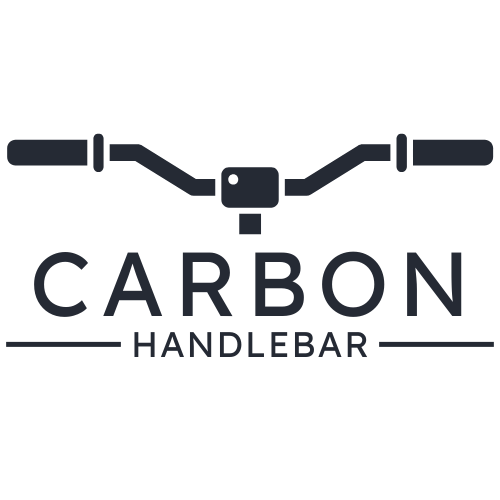Understanding Carbon Handlebars
Carbon handlebars are popular among cyclists for their lightweight properties and superior strength. However, their susceptibility to cosmetic damage can be frustrating for bike enthusiasts. This guide will help you understand the types of damage and how to effectively repair them.
Types of Cosmetic Damage on Carbon Handlebars
- Scratches: Surface abrasions caused by falling or scraping against rough surfaces.
- Chips: Small pieces of material that might flake off due to impact.
- Scuffs: Shallow marks that affect only the outer layer of the finish.
- Cracks: Deep fissures that indicate structural damage, requiring immediate attention.
Assessing the Damage
Before proceeding with any repair, it’s crucial to assess the extent of the damage. Understanding whether it is purely cosmetic or if it affects the structural integrity of the handlebars will determine your repair approach.
Tools and Materials Needed for Repair
Gather the following tools and materials to successfully repair cosmetic damages:
- Cleaning solution (isopropyl alcohol or specialized bike cleaner)
- Microfiber cloth
- Sandpaper (various grit levels)
- Clear epoxy or resin
- Paint (if needed, use bike-specific paint)
- Clear coat spray
- Masking tape
Step-by-Step Repair Guide
1. Cleaning the Affected Area
Start by thoroughly cleaning the area around the damage with a microfiber cloth and a cleaning solution. This ensures that you’re working with a clean surface for better adhesion.
2. Sanding the Surface
For scratches and scuffs:
- Use fine-grit sandpaper to carefully sand the scratched area.
- Be gentle to avoid creating further damage.
for chips:
- Sand the edges of the chip to create a smooth transition.
- Always sand slightly beyond the damaged area to ensure a proper bond.
3. Applying Epoxy or Resin
If the damage is deeper or if there are chips:
- Mix the clear epoxy or resin according to the instructions.
- Using a small brush or applicator,fill in the scratches or chips.
- Ensure even application, slightly overfilling to allow for sanding later.
4. Sanding Again
Once the epoxy has cured:
- Use finer sandpaper to smooth the surface until it’s flush with the surrounding area.
- Be cautious not to sand through the epoxy.
5. Painting the Area
If needed, use bike-specific paint to match the handlebars. Once fully dry, apply a clear coat spray for added protection.
Benefits of repairing Rather of Replacing
- Cost-Effective: Repairing is typically less expensive than buying new handlebars.
- Environmental impact: Reduces waste by prolonging the use of existing components.
- personal Satisfaction: Completing a DIY repair can enhance your skills and confidence.
Practical Tips for Effective repairs
- Always read and follow the manufacturer’s instructions for any materials used.
- Work in a well-ventilated area to avoid inhaling fumes from epoxy or paint.
- Wear protective gear, including gloves and goggles, when handling chemicals.
Case Studies: Triumphant DIY Fixes
| Scenario | Type of Damage | Repair Method | Outcome |
|---|---|---|---|
| Mountain Biker | Chips from tight trails | epoxy fill and color-matching paint | almost invisible repairs, improved longevity |
| Commuter | Scratch from an accident | Sanding and clear coat | Restored surface appearance |
| Road Cyclist | Scuffs from storage | Fine sanding and clear coat | Like-new handlebars again |
First-Hand Experience: Real Stories from Cyclists
Many cyclists have found success in DIY repairs on their carbon handlebars. Here’s what some of them have to say:
“I thought I had to replace my handlebars after a nasty fall, but after following a DIY guide, I was able to fix the scratch and I’m back on the road!” – Sarah J.
“The chip in my handlebars was bothering me, and I didn’t want to spend hundreds on a new set. The repair was simple,and now you can’t even tell!” – Mike P.
Final Thoughts
Repairing cosmetic damage on carbon handlebars can be a rewarding endeavor that enhances both the bike’s performance and aesthetics. With the right tools and techniques, you can restore your handlebars and extend their lifespan. Remember to assess the damage properly and take your time during repairs for the best results.
